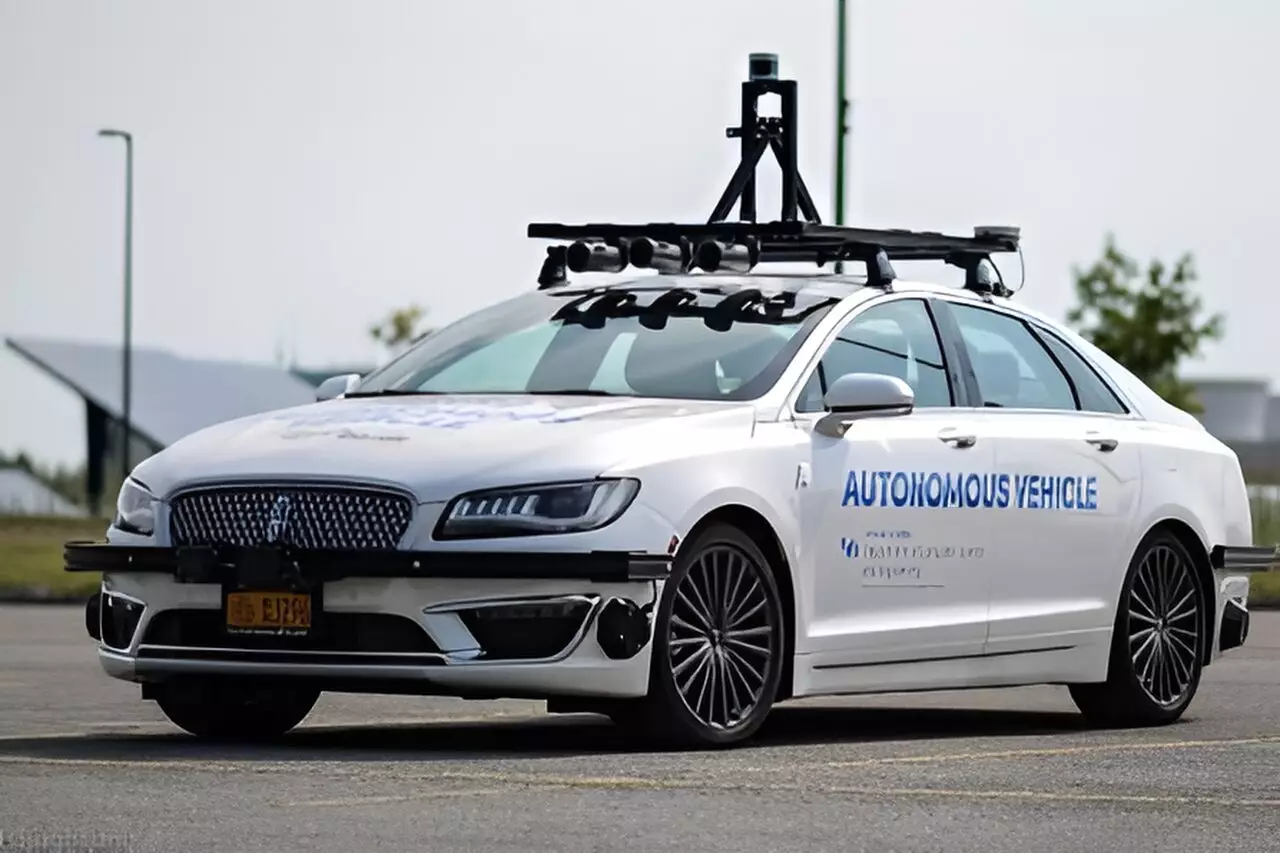Artificial intelligence is revolutionizing the way self-driving vehicles operate, enabling them to make decisions, sense their environment, and create predictive models. However, a recent study conducted by the University at Buffalo raises concerns about the vulnerability of these AI systems to malicious attacks. The research suggests that attackers could exploit weaknesses in autonomous vehicles, potentially leading to catastrophic failures.
The study, led by Chunming Qiao, a SUNY Distinguished Professor in the Department of Computer Science and Engineering, discovered that by strategically placing 3D-printed objects on a vehicle, malicious actors could render it invisible to AI-powered radar systems. This finding has significant implications for the automotive, tech, insurance, and governmental industries. While the research is conducted in a controlled setting and does not imply that existing autonomous vehicles are unsafe, it highlights the need to ensure the security of the technological systems powering these vehicles.
The research team, including Yi Zhu, a specialist in cybersecurity, conducted various tests on an autonomous vehicle to identify vulnerabilities in lidar, radar, and camera systems. By creating “tile masks” using 3D printers and metal foils, the researchers were able to deceive AI models in radar detection, causing the vehicle to disappear from radar scans. This demonstrates the potential for attackers to exploit weaknesses in AI systems and manipulate sensor data for malicious purposes.
One of the key findings of the study is the concept of adversarial examples in AI, where minor alterations to input data can cause the AI system to provide incorrect outputs. For instance, researchers found that by making subtle changes to images, they could trick AI models into misclassifying objects. This raises concerns about the security of autonomous vehicles, as attackers could use adversarial objects to confuse sensor systems and compromise the safety of passengers and pedestrians.
The implications of these findings are significant, as they underscore the need for enhanced security measures in autonomous vehicles. Potential attackers could exploit vulnerabilities in sensor systems to cause accidents, commit insurance fraud, or harm passengers. While researchers are actively working on developing defenses against such attacks, there is still a long way to go in creating foolproof security solutions. Future research will focus on investigating the security of not only radar systems but also other sensors like cameras and motion planning algorithms.
The vulnerability of autonomous vehicles to adversarial attacks presents a major challenge for the automotive industry. As self-driving vehicles become more prevalent, it is essential to address the security risks associated with AI systems. The research conducted at the University at Buffalo sheds light on the potential threats posed by malicious actors and highlights the importance of developing robust security mechanisms to safeguard autonomous vehicles and their passengers.


Leave a Reply